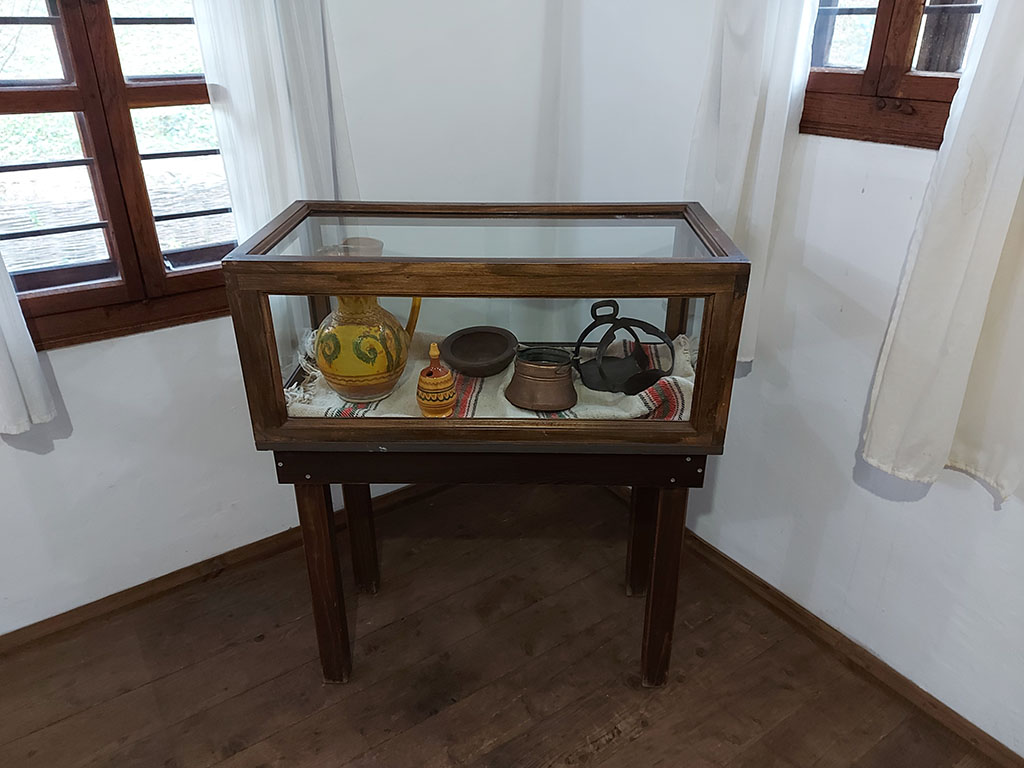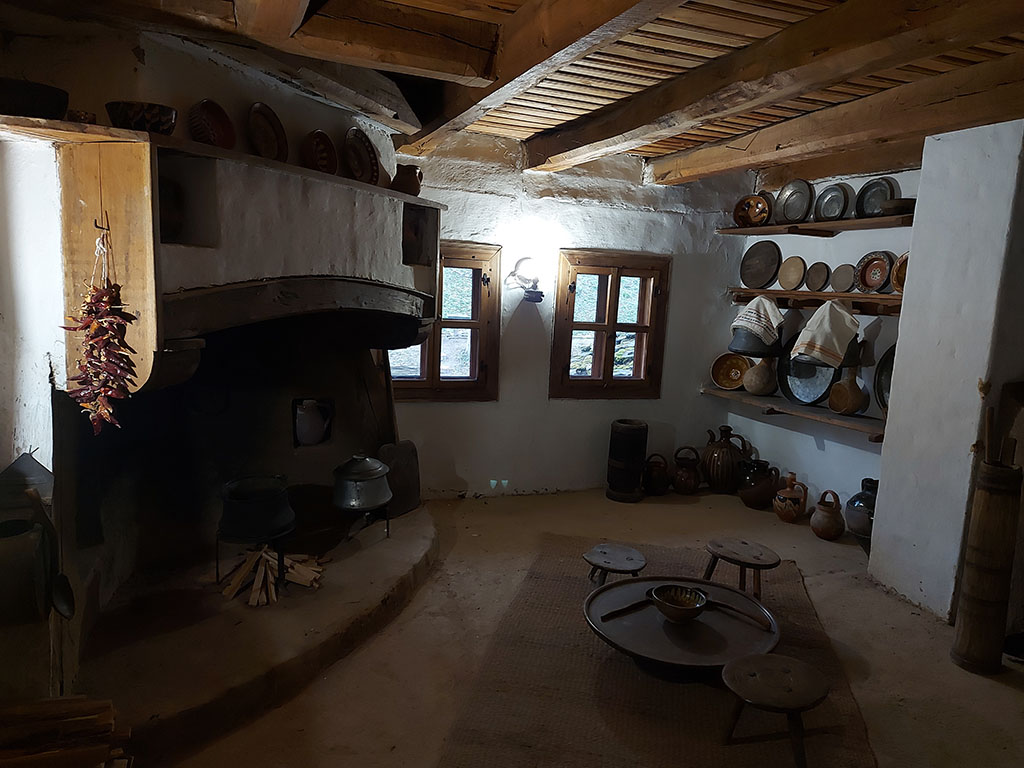Time traveling to Bulgaria of 19th century
If you want to feel the whiff of the past, just one hour from Kazanlak you have the opportunity to see how a typical mountain village in Bulgaria looked like at the end of the 18th and beginning of the 19th century. Near Gabrovo, the ethnographical complex of Etara village took us back in time.

It reflects a realistic image of a typical village in the region of Central Balkan Range with its architecture, lifestyle, culture, and livelihoods. Usually, the social life and trade in the village were centralized in the main street with buildings and sites of religious and public purpose like shops, clock tower, school, church and tavern. This time was characteristic for the development of crafts and trades, therefore the concentration of crafts and trades sectors distributed around the main street (bazaar).

In this area, because of mountain climate and relief, infertile soil and little arable land, people needed to rely on something else than agriculture. So they used what they did have – forests, green meadows and plentiful water which allowed them to develop different kinds of handicrafts and stock breeding. The main sources of livelihoods were stock breeding and fruit growing. Stock breeding provided not just necessary food but also wool used by weavers. This occupation was usually handed down from mother to daughter. Using spindle and doom they could provide all the clothing pieces, rugs and covers for the whole family. Later looms were later on common in almost every house. Aprons, cushions, carpets made out of yarns dyed with vegetable dyes. Then they were decorated and embroidered with various geometric patterns. A stock breeding is related to bell making – depending on their size and shape they made different sounds for different types of animals. Also blacksmiths belonged to the most important occupation as they used to make a wide variety of items – cutlery, horse-shoes, braiding machines, etc. and were grouped in respective guilds according to the output of their work. Except for these, typical professions were goldsmith, potter, icon painter, coppersmith and many more, which are also introduced in Etara.

Altogether 24 crafts are presented in the museum often including masters presenting them not just to share the heritage of their ancestors, but also to inspire the younger generation.

Adriána Čigášová

